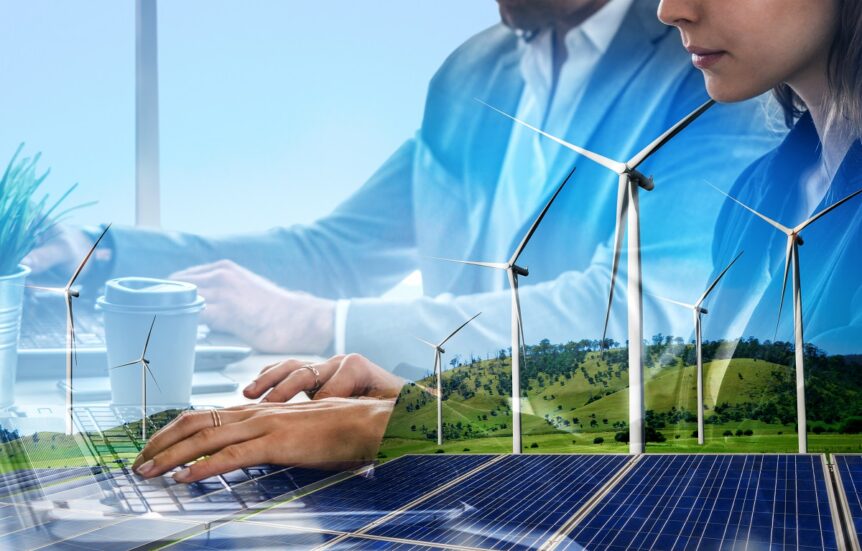Is renewable energy an unrealistic ideal or our path toward a better future? A recent study shows that clean energy is becoming more effective and capable. Let’s explore what this shift means for our wallets, the environment, and our daily lives.
Renewable Energy on the Rise

Image Credit: Shutterstock / NewJadsada
The world is changing, and so is our energy. Renewable energy sources, like solar and wind power, are gaining momentum and becoming more popular.
Shifting Our Sources

Image Credit: Shutterstock / fizkes
According to a U.S. Federal Energy Regulatory Commission’s monthly report, wind and solar have rapidly increased their generating capacity in the past few years. The report predicts that in the next 3 years, renewables may have a capacity to generate energy equal to or greater than natural gas.
Natural Gas: A Fossil Fuel Under Pressure

Image Credit: Shutterstock / SasinTipchai
Natural gas has been the go-to energy source for a long time, but it now faces competition. As we consider the environmental impact of fossil fuels and the eventual depletion of this resource, the push for cleaner alternatives grows.
Solar Power: Using the Sun

Image Credit: Shutterstock / Eviart
Solar power is predicted to be the fastest-growing renewable resource, eventually topping wind and coal. Solar panels work by converting sunlight into electricity, offering a clean and sustainable way to power our homes and businesses.
Wind Power: Harnessing the Breeze
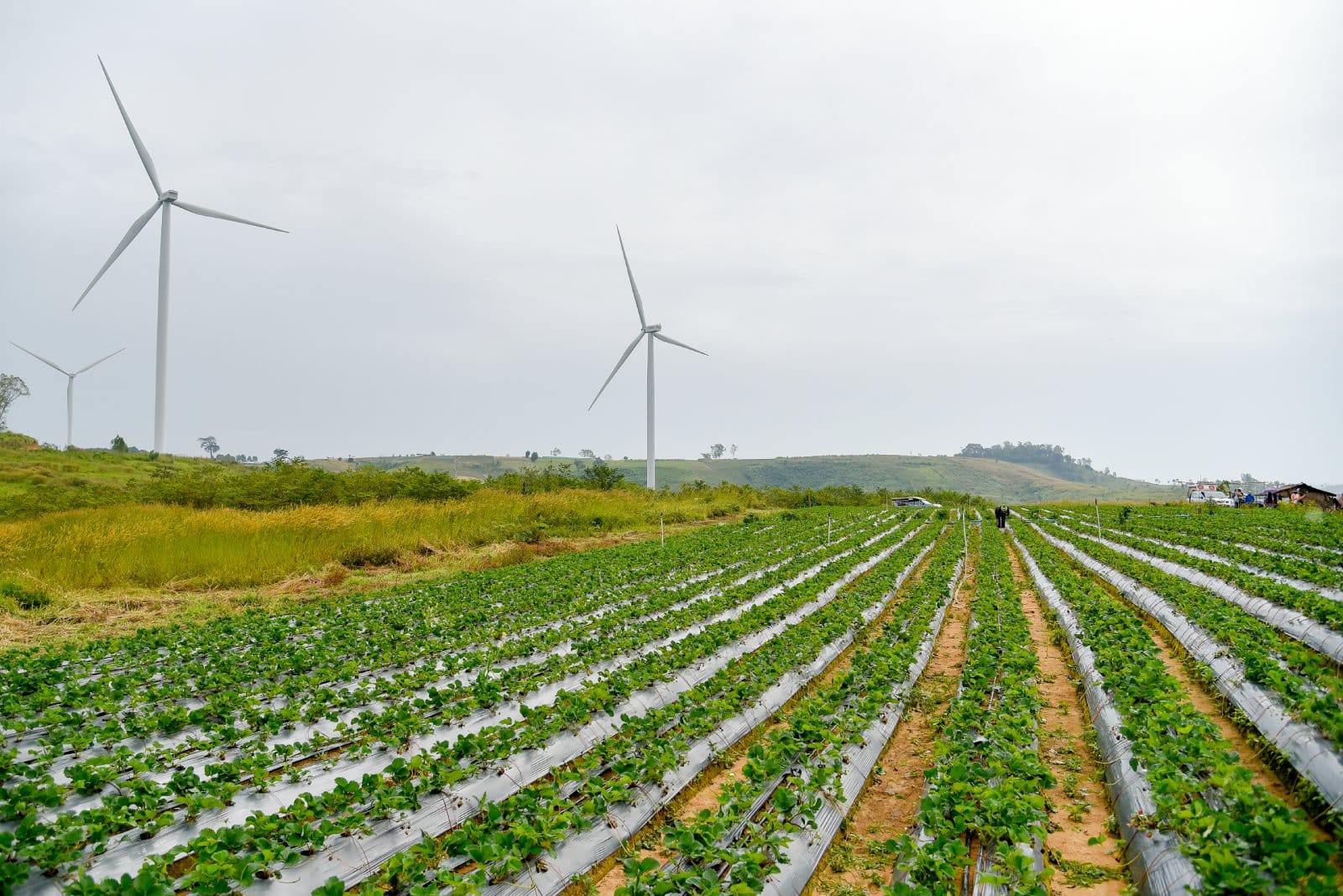
Image Credit: Shutterstock / Sorrawit Saosiri
Wind turbines are popping up in many places, from rural fields to offshore locations. Wind power is both efficient and has a large capacity for generating electricity without the harmful emissions of natural gas.
The Cost of Renewables

Image Credit: Shutterstock / voronaman
One of the biggest myths about renewable energy is that it’s expensive. The cost of solar and wind power has dropped significantly, making them competitive with natural gas. However, many factors can determine the price.
Fall Renewable Energy Prices

Image Credit: Shutterstock / Artmim
As the production of these energy technologies increases, the price decreases. Much of the pricing depends on supply and demand in the market. However, the last few years have seen a rapid decrease in pricing, making it overall more affordable.
Impact on Household Bills
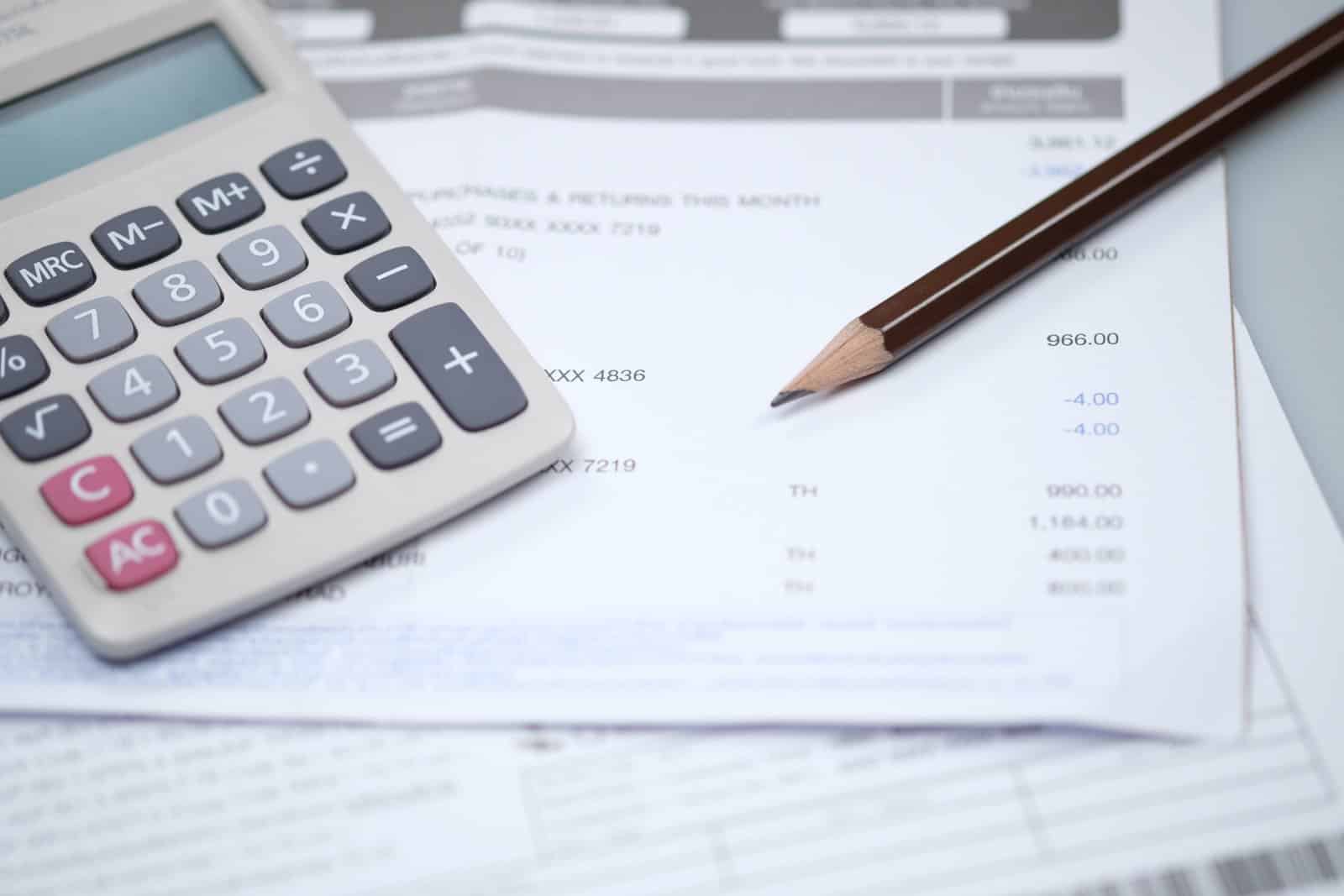
Image Credit: Shutterstock / s.sermram
Switching to renewable energy sources, both on a personal level and as a community, can lower your utility bills. As more renewable energy becomes available, the cost of electricity is expected to decrease, which could save you money every month.
Environmental Benefits

Image Credit: Shutterstock / AshTproductions
Renewable energy sources produce little to no pollution. This results in cleaner air and water, which is better for our health and the planet.
Reducing our Carbon Footprint
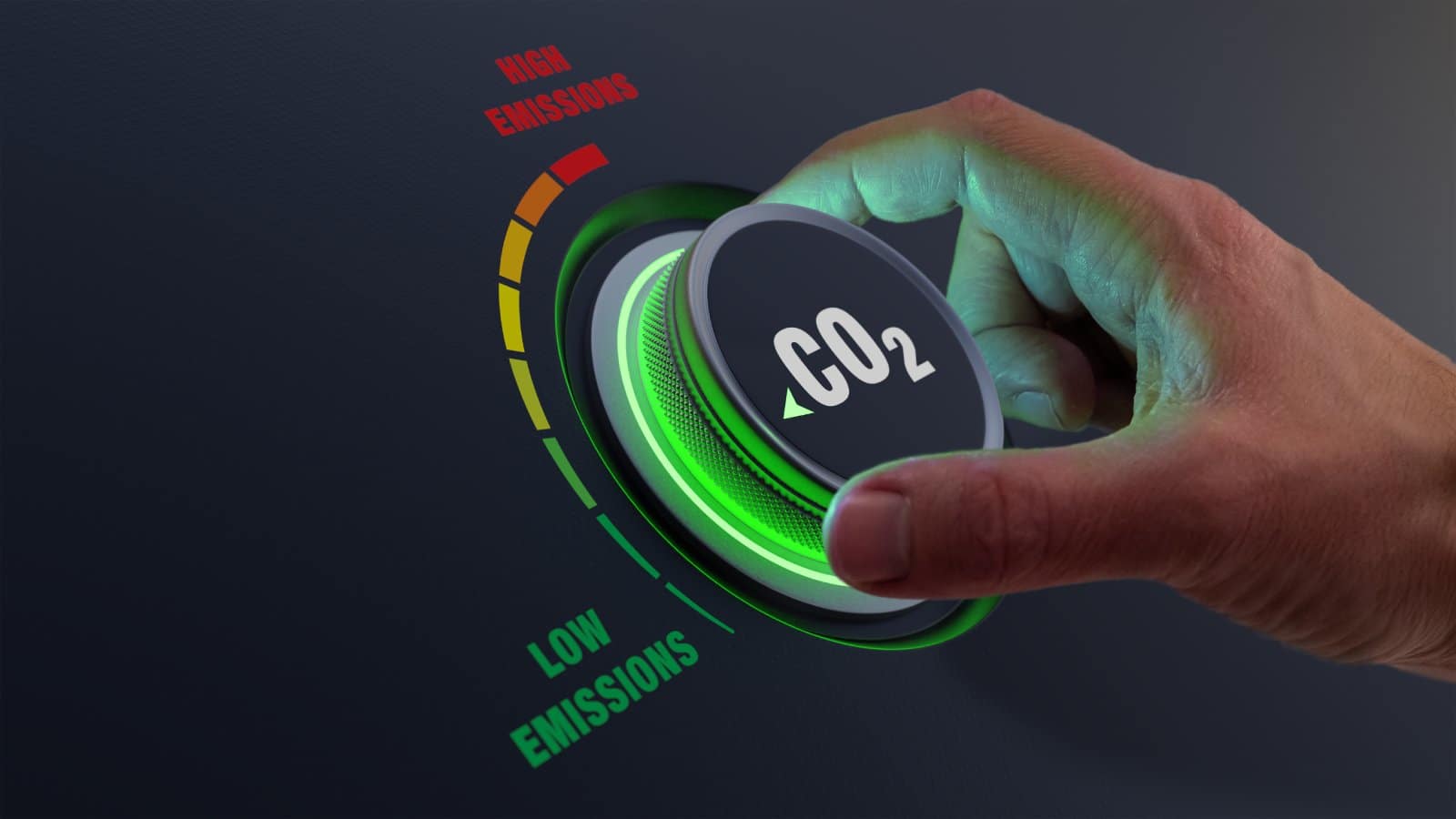
Image Credit: Shutterstock / NicoElNino
One of the biggest advantages of renewables is their potential to reduce carbon emissions. By replacing fossil fuels with clean energy, we can slow down climate change and its negative effects on the planet.
Jobs in Renewable Energy
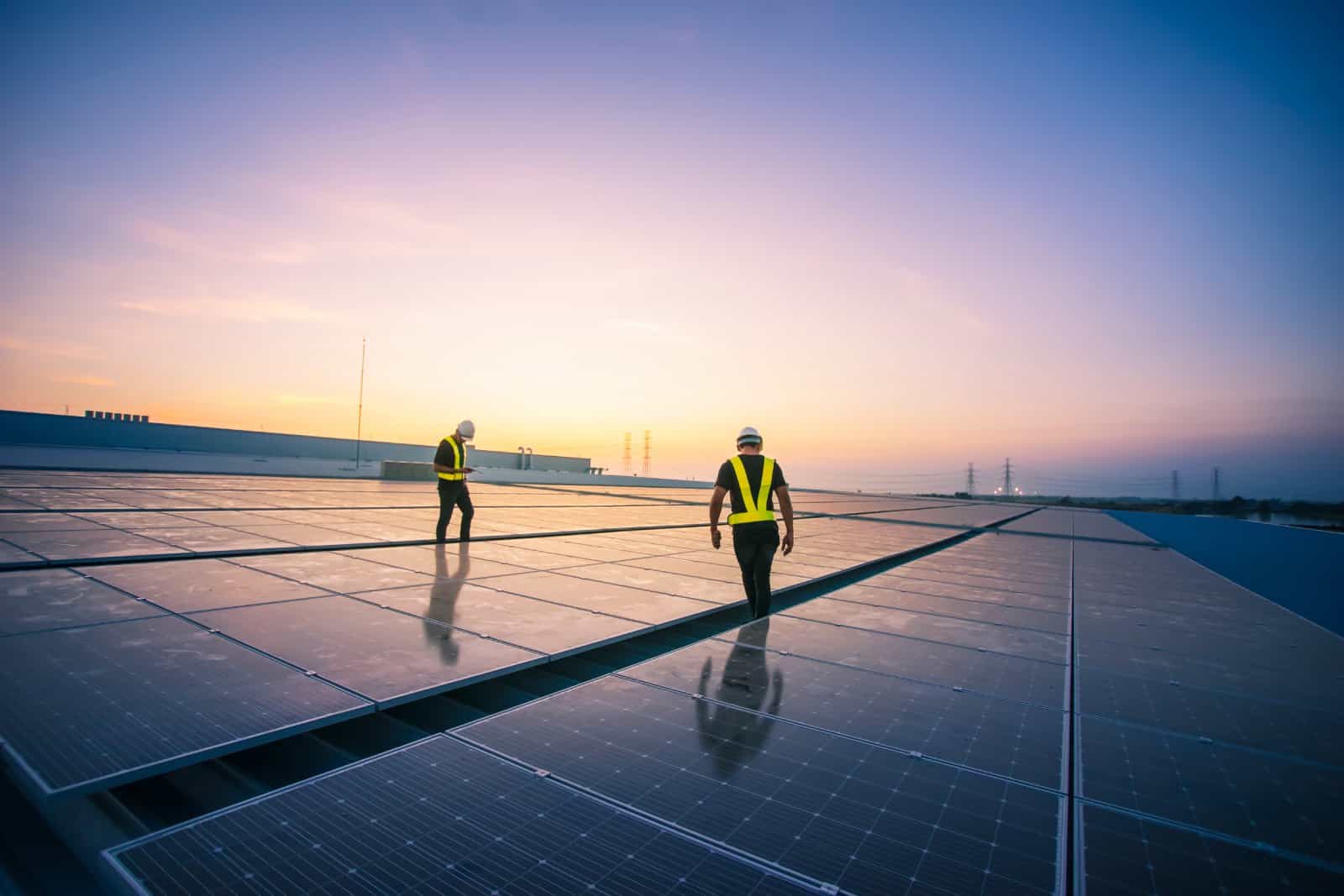
Image Credit: Shutterstock / ME Image
Another major benefit of the renewable energy industry is the introduction of new jobs. From manufacturing solar panels to installing wind turbines, there are plenty of opportunities for innovation and skilled workers to benefit.
A Secure Future

Image Credit: Shutterstock / Ground Picture
The long-term sustainability of fossil fuels has always been a concern. By diversifying our energy sources toward renewables, the U.S. can become less dependent on foreign oil and gas. This also boosts national security and guarantees our future as the oil dries up.
Advances in Technology
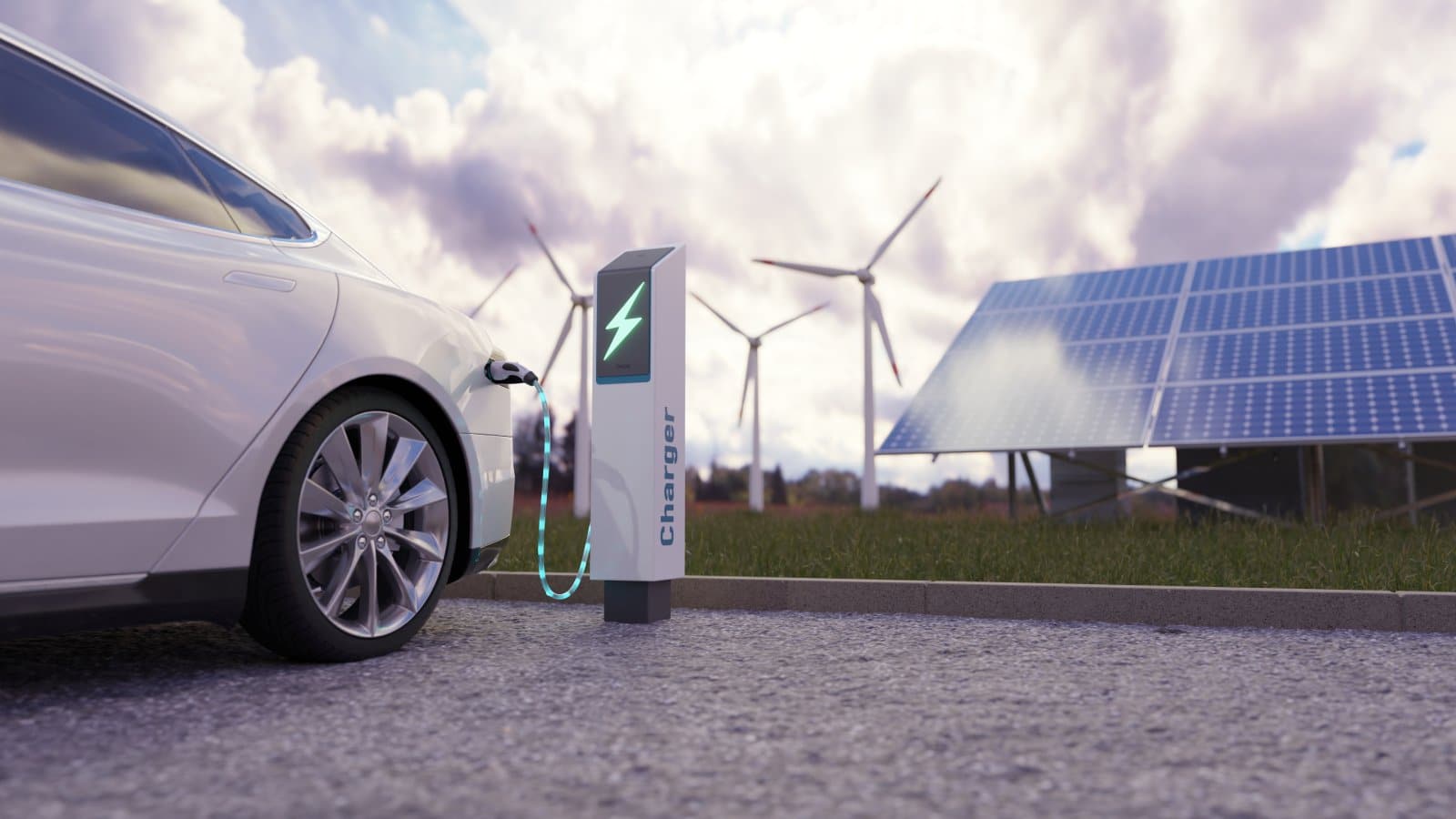
Image Credit: Shutterstock / Markopolo
Advances in technology are making renewable energy sources more efficient and reliable. Improved battery storage, for instance, allows us to store solar and wind power for use when the sun isn’t shining or the wind isn’t blowing.
The Role of Governmental Policies
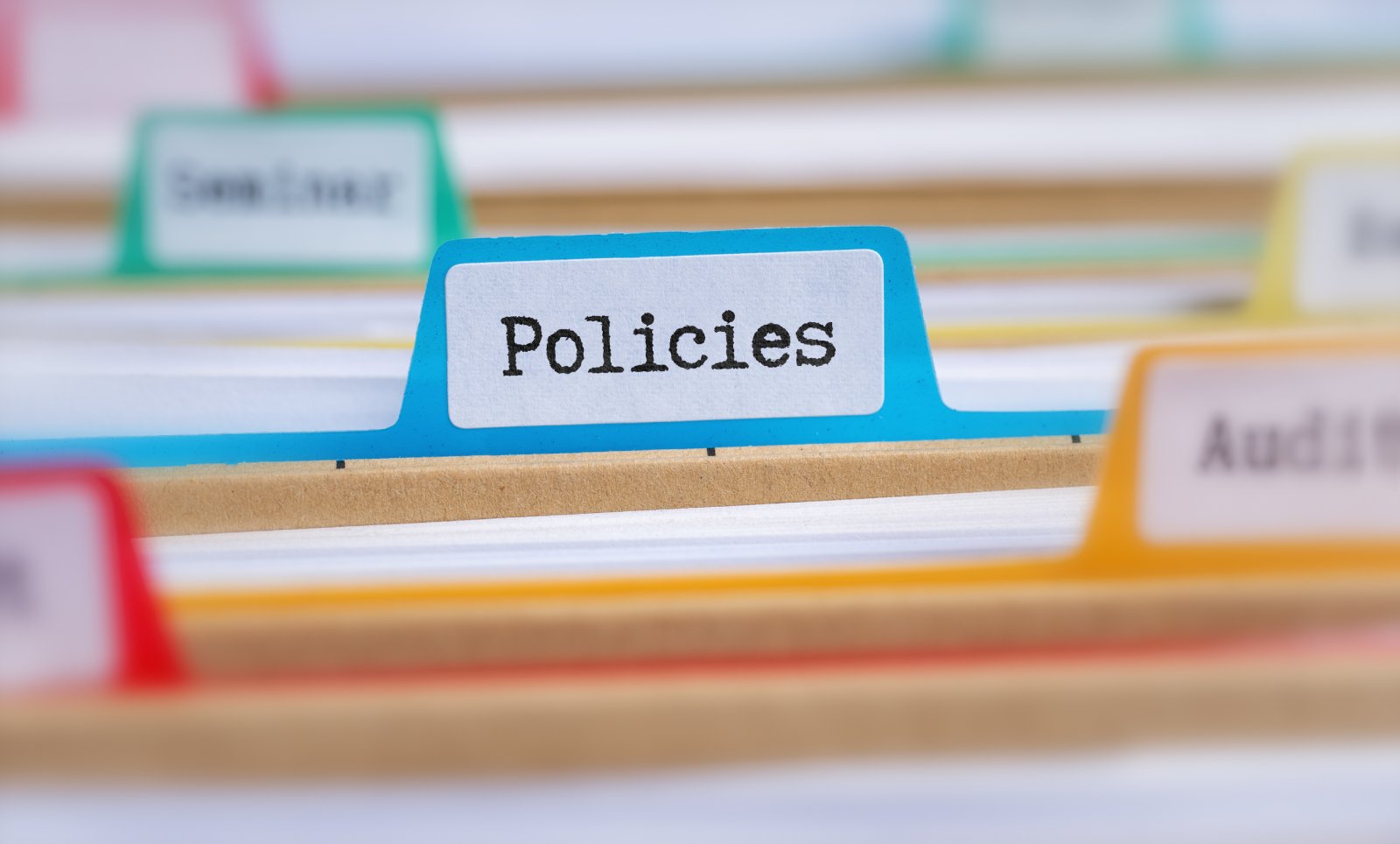
Image Credit: Shutterstock / Zerbor
How the government approaches these changes is crucial to the renewable energy transition. By providing incentives, offering subsidies, and creating regulations, the government can help to speed up the transition to clean energy.
Investing in Community Solar Projects
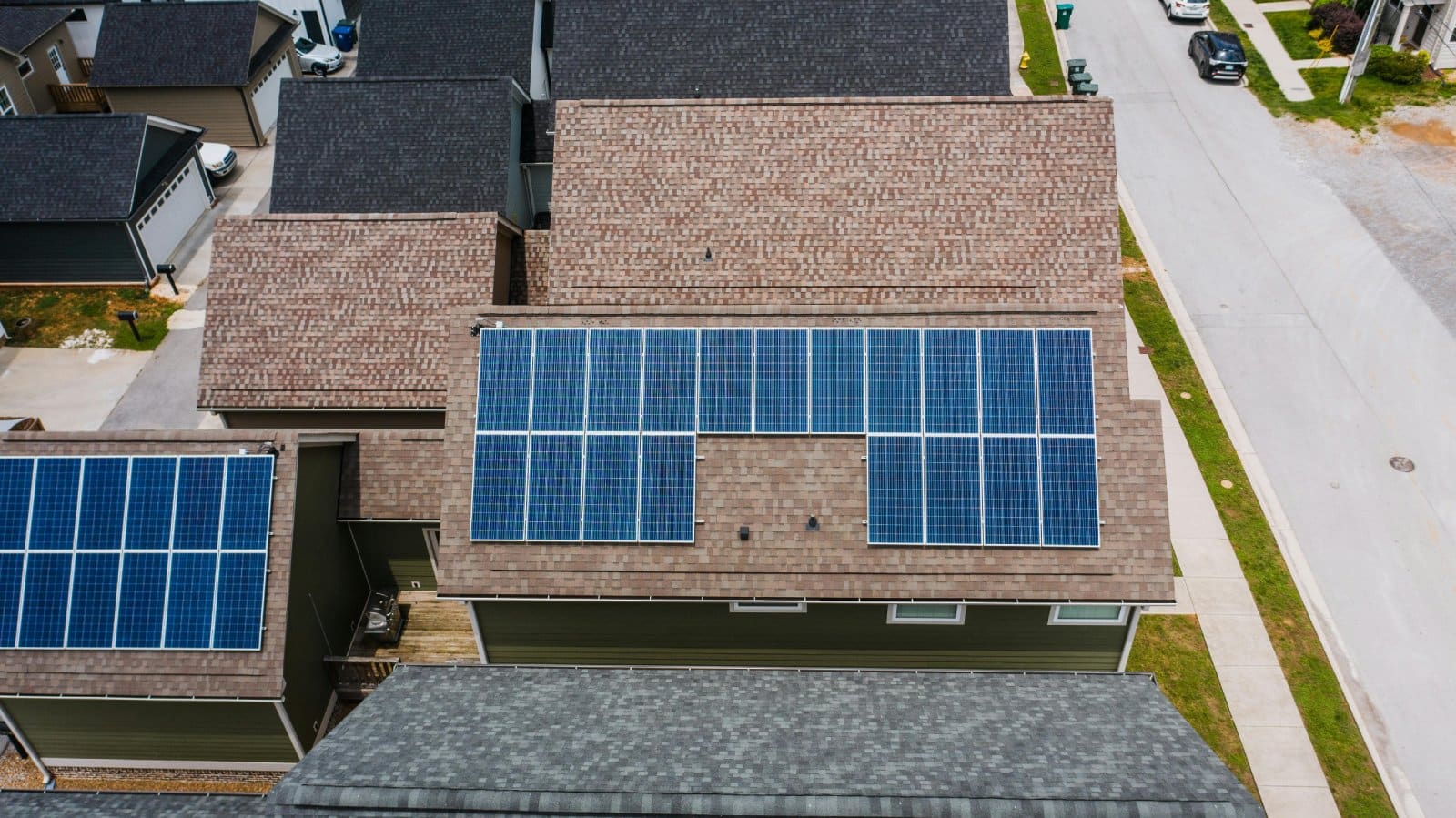
Image Credit: Pexels / Kelly
Unfortunately, solar panels on an individual basis tend to still be expensive. Community solar projects allow multiple households to benefit from a single solar installation, making it accessible to more people.
The Future of Electric Vehicles

Image Credit: Shutterstock / Andriiii
Electric vehicles are a big part of the future of renewable energy. As they become more common, the demand for clean electricity also rises, boosting the need for renewables.
Overcoming the Challenges

Image Credit: Shutterstock / BlueSkyImage
Big changes like that usually come with challenges that also need to be addressed. For instance, our current grid infrastructure needs to be updated and energy storage solutions need to be capable of handling a variety of renewable sources.
The Role of Consumers
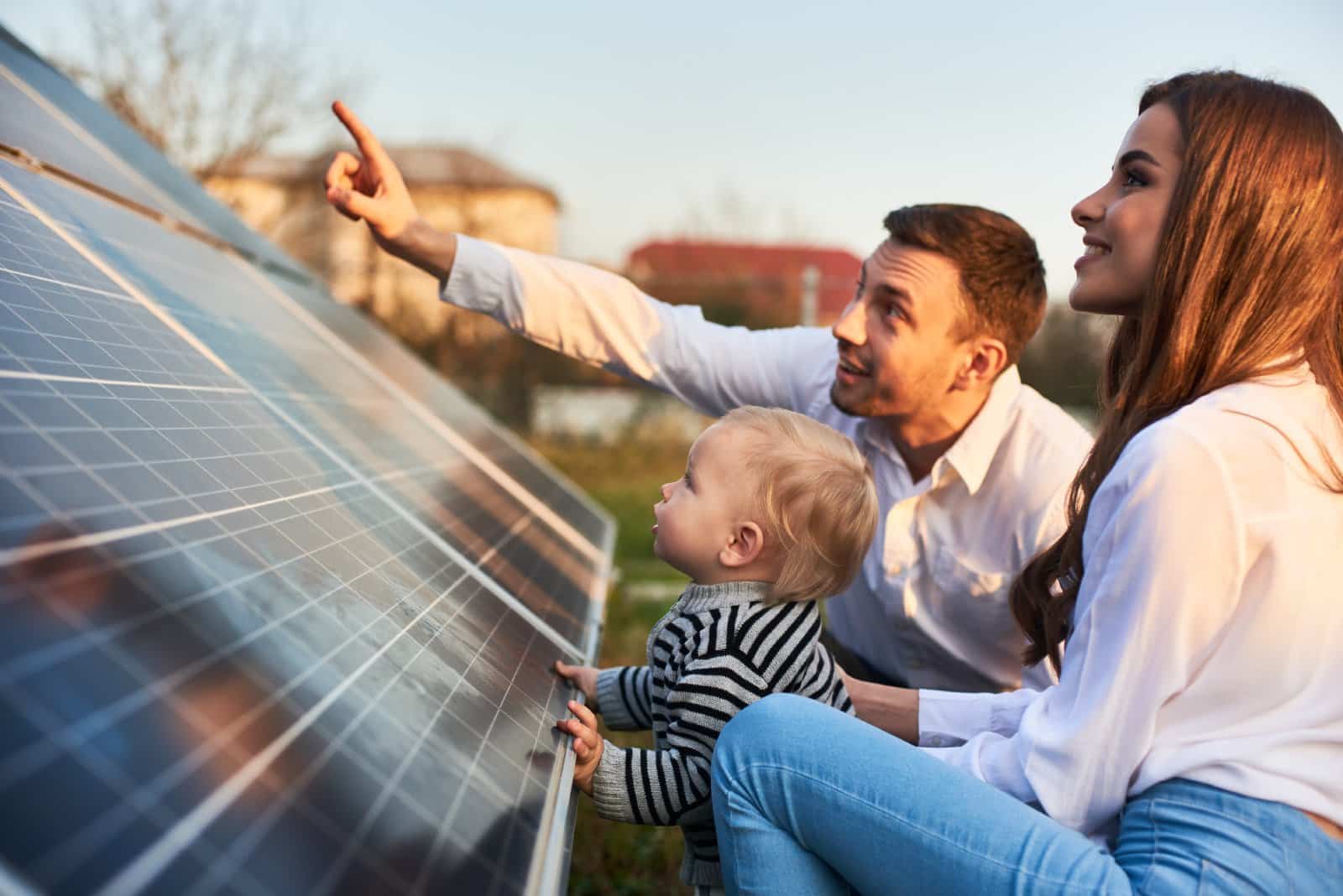
Image Credit: Shutterstock / anatoliy_gleb
Consumers have a powerful role to play in helping the transition to renewable energy. By choosing green energy options and advocating for clean energy policies, we can drive demand for renewables and advance the industry.
The Economic Impact

Image Credit: Shutterstock / fizkes
The shift to renewable energy could have significant economic benefits. By reducing energy costs and creating new jobs, along with the health benefits of a cleaner planet, this industry can have a massive impact on our overall well being.
Through a Global Lens

Image Credit: Shutterstock / Deemerwha studio
The U.S. is not the only country aiming for renewable energy. Countries around the world are investing in clean energy, effectively creating a global market that’s keeping prices low and encouraging innovation.
Educating the Next Generation

Image Credit: Pexels / Kampus Production
Education is the key to a sustainable future. Teaching children about renewable energy and their role in driving environmental concerns will prepare them to continue the transition to clean energy.
Impact on Our Daily Lives
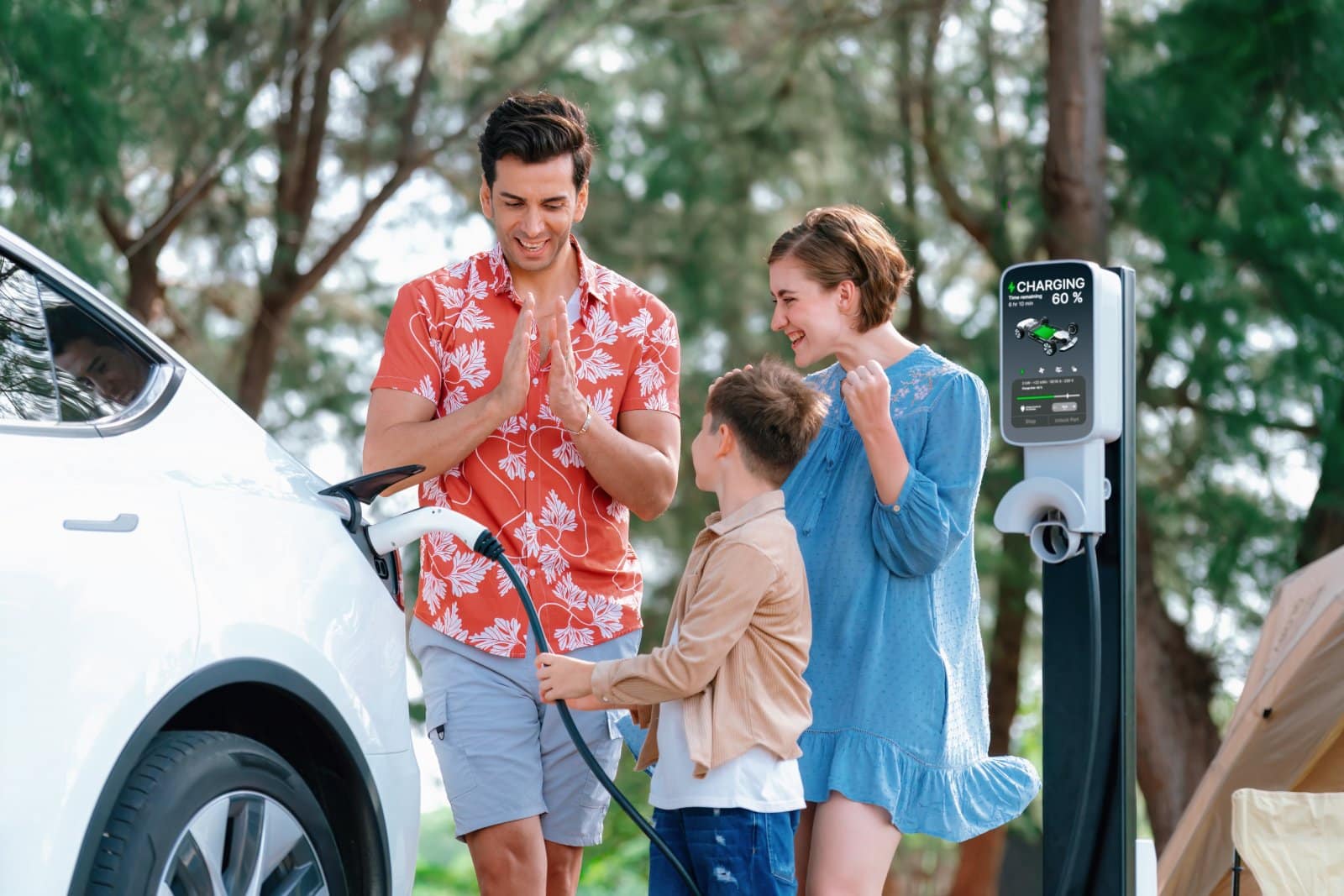
Image Credit: Shutterstock / Owlie Productions
The move to renewable energy will likely change in our lives in many ways. From how we power our homes to the cars we drive, the shift promises a cleaner, healthier, and more sustainable future.
Toward a Bright, Sustainable Future

Image Credit: Shutterstock / Anna Nahabed
Renewable energy is not just a trend; it’s our best chance of a future. By embracing clean energy sources, we can save our planet and our wallets. The future of energy is bright and green.
Featured Image Credit: Shutterstock / Summit Art Creations.
The content of this article is for informational purposes only and does not constitute or replace professional financial advice.

